Symposium
- Location: Alexandria, VA
- Date: January 25-27, 2010
- Website: Samueli Institute
- Attendee: Emory Oney
samueliinstitutelogo.jpg

According to the Samueli Institute:
"The science of healing refers to research on the physical, mental, social and spiritual processes that facilitate recovery and restoration, the retention of health and the reintegration of the person. Healing can also mean flourishing in the midst of disease, maintaining wellness, reintegrating into society and returning to wholeness.
Science is the systematic, objective exploration of reality. Scientific investigation includes observation, identification, description, experimental investigation and theoretical explanation of phenomena, the findings of which are subject to peer review and public debate.
Through scientific research at the Institute, we advance new knowledge about how healing processes work, how they can be measured and how caring and healing can be supported, and delivered to the patient, their family, healthcare professionals, and to the community."
The symposium consisted of twelve presentations of which nine were as follows:
1. Theoretical Models of Consciousness
Presented by Harald Walach, PhD
haraldwalach.jpg
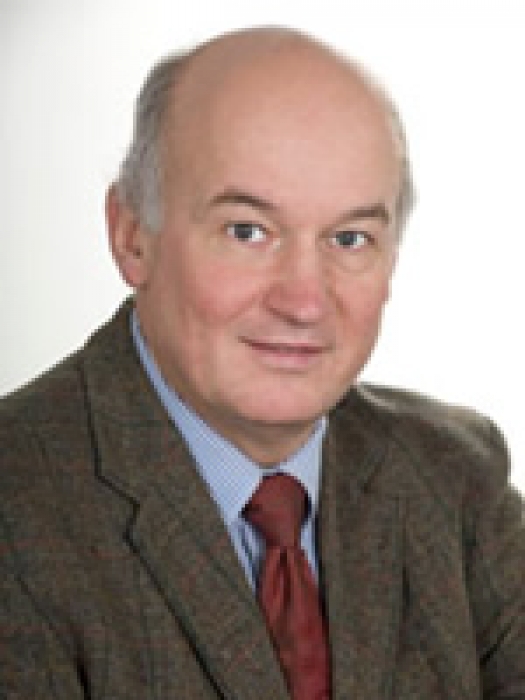
Harald Walach, PhD
Professor Harald Walach is director of the Institute of Transcultural Health Sciences at the European University Viadrina, Frankfurt (Oder) Germany. He holds a Ph.D. in Clinical Psychology and a Ph.D. in History and Theory of Science. His background is in evaluation of unconventional interventions, research in homeopathy and mindfulness research. He has conducted a variety of clinical, experimental and epidemiological studies. Over the past five years he has been with the University of Northampton, UK, where he had developed and directed the MSc Program Transpersonal Psychology and Consciousness Studies. He is the director of the European section of the Samueli Institute, coordinating the European efforts of the Institute's "Brain, Mind and Healing" program. He is the editor-in-chief of the Karger journal Research in Complementary Medicine – Forschende Komplementarmedizin.
According to Dr. Walach "Consciousness is probably the most puzzling thing to us: we all have it, we all know it, yet none of us can give a decent account of what it actually is, nor can give science a plausible account how consciousness arises."
Dr. Walach discussed a few generic models of consciousness and challenged the mainstream consensus that consciousness is produced by the brain. Dr. Walach used a model he has developed of generalized entanglement to understand how non-local interactions could happen. This, according to Dr. Walach, "would allow for a model of consciousness that uses monist ontology with a dualist phenomenology."
2. External Magnetic Stimulation for Parkinson's Disease
Presented by John Duda, MD
johnduda.jpg
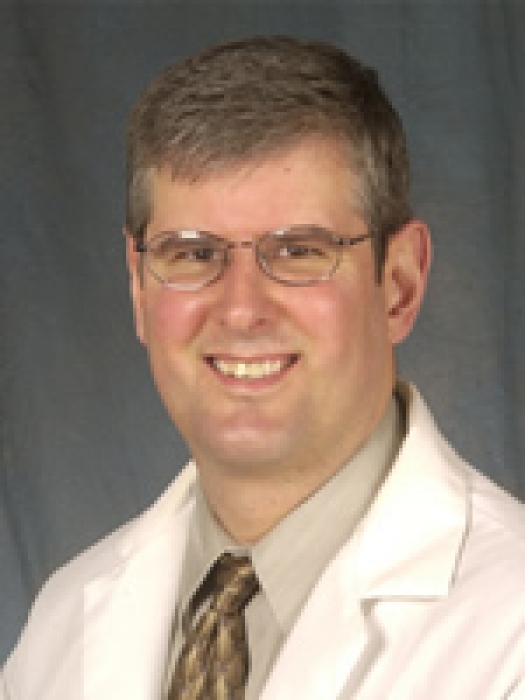
John Duda, MD.
John Duda, MD is the Director of the Parkinson's Disease Research, Education and Clinical Center of the Philadelphia VA Medical Center and an Assistant Professor of Neurology at the University of Pennsylvania. The Philadelphia Parkinson's Disease Research Education and Clinical Center is one of six Parkinson's disease Centers of Excellence throughout the country in the VA Health Care system and consists of a multi-disciplinary team of health care providers who currently provide care for over nine hundred veterans with Parkinson's disease and related disorders. He received his medical doctorate from Thomas Jefferson University and finished his Neurology Residency as Chief Resident of the Hahnemann Medical School. He spent three years in a Neuropathology Post-Doctoral Fellowship at the Center for Neurodegenerative Disease Research at the University of Pennsylvania, where he focused on the role of alpha-synuclein in the pathophysiology of Parkinson's disease and related disorders. He has authored more than fifty scientific publications including articles in the journals Science, JAMA, Neuron, and Annals of Neurology and is recognized as an expert in the neuropathology of Parkinson's disease and dementia with Lewy bodies. He has served as a reviewer for sixteen peer-reviewed journals and serves on the Scientific Advisory Boards of the Lewy Body Disease Association and the Lewy Body Society of the United Kingdom.
Dr. Duda has received research support from the Biomedical Laboratory Research and Development Service of the Department of Veterans Affairs, The National Institutes of Aging and Neurological Diseases and Stroke, the National Parkinson's Foundation, the Michael J. Fox Foundation, The Samueli Foundation and The Pennsylvania State Department of Health.
Dr. Duda stated "The purpose of this research study is to test the efficacy and safety of external magnetic stimulation for Parkinson's disease. The plan is to enroll a total of twenty individuals from the Parkinson's Disease Research Education and Clinical Center of the Philadelphia Veteran's Affairs Medical Center over a twelve month period of time. Participants will be 40 to 80 years old, diagnosed with Parkinson's disease, and have been stable on anti-parkinsonian medication for at least one month prior to enrollment. Participation will last for approximately three months and consist of three visits to the Philadelphia Veteran's Affairs Medical Center and the Department of Radiology in the Children's Hospital of Philadelphia encephalogram examinations both on and off Parkinson's disease medications. Participants will be randomly assigned to receive either active external magnetic stimulation or sham stimulation in a double-blinded fashion. The external magnetic stimulation is painless and delivered by wearing a helmet that is embedded with many small circuits that produce a pico-Tesla range magnetic field around the head. Response to stimulation will be assessed with a battery of assessments administered before and after three months of stimulation including assessment of the severity of Parkinsonism with a Unified Parkinson's disease rating scale, assessment of gait dysfunction with a GaitRite examination, assessment of changes in cognitive function and mood with a wide-ranging neuropsychological assessment and several assessments of quality of life."
Dr. Duda reported that thirteen people had been enrolled and five people have completed the study. The study is double-blinded, so Dr. Duda does not know who received the active treatment or who received the sham treatment. Two of the five people that have completed the study showed dramatic improvement in severity of Parkinsonism, gait dysfunction, etc. and three people showed no improvement. It will be months before we get a final report.
It should be noted that this study was started under the Foundation for Alternative and Integrative Medicine and passed on to the Samueli Institute for completion. More details of the study can be found on the Parkinson's Disease article in the Research section of the Foundation for Alternative and Integrative Medicine website.
3. Cognitive Restructuring and FMRI
Presented by Amy Haufler, PhD
amyhaufler.jpg
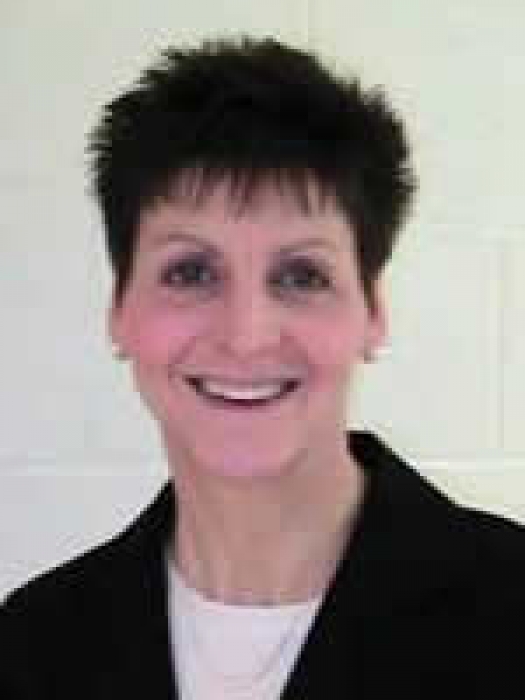
Amy Haufler, PhD
Dr. Amy Haufler is a Research Assistant Professor in the Department of Kinesiology in the School of Public Health at the University of Maryland, College Park and holds an adjunct appointment in the Neuroscience and Cognitive Sciences Program. She received her Ph.D. in 1997 from the University of Maryland where she was sponsored by a research fellowship from the U.S. Army Research Institute for the Behavioral and Social Sciences. She completed a three year Post-doctoral Fellowship in Occupational Health Psychology at The Uniformed Services University.
The focus of Dr. Haufler's research is to employ a cognitive neuroscience approach to the psychology of human physical activity as it relates to health, performance, and occupational related contexts. The performance related research focuses on the continuum of human psychomotor performance (beginners to elite) in an effort to understand the mechanisms of skilled performance as well as determine appropriate and feasible interventions to enhance/accelerate learning and improve performance outcome. Kinematic measures are used in order to understand the brain-body relationship and the development of expertise. Dr. Haufler has published in a number of scholarly journals and her research has been supported by the Army Research Office, Samueli Institute, and others.
Dr. Haufler discussed effective regulation of emotion to achieve cognitive-motor performance. She stated "…a cognitive interpretation of emotion-eliciting stimuli effectively suppresses emotional responsivity such that increased activation in the lateral prefrontal region is associated with reduced amygdale response." Dr. Haufler plans to conduct a study comparing individuals who successfully sustained performance under pressure to a trained group that has not experienced performance under pressure to see if an optimal emotion regulation strategy, cognitive reappraisal, is spontaneously utilized by the individuals who successfully sustained performance under pressure.
4. Research of Electrophysiological State Changes During Meditative Spiritual Practice and its Applications
Presented by Thilo Hinterberger, PhD
thilohinterberger.jpg
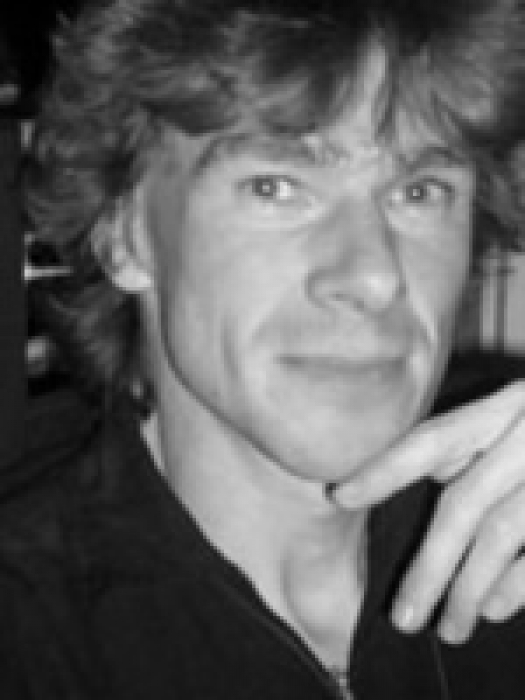
Thilo Hinterberger, PhD
Thilo Hinterberger, PhD, PD has studied Physics at the University of Ulm, Germany. He received his PhD at the University of Tubingen in 1999 in the field of Medical Psychology. His major research focused on the development of Brain-Computer Interfaces for direct brain communication and psycho-physiological research. He has completed his Habilitation (venia legend) in Tubingen in the field of neuro-computer science and behavioral neurobiology in 2007. From 2006 to 2008 he was working at the University of Northampton in the field of consciousness research. Currently, he is with the University Medical Center Freiburg/Germany continuing his work on the analysis of higher states of consciousness.
Dr. Hinterberger has developed a method to show a staging of meditation states similar to the staging of sleep states. This method could be used for identification of state changes in comatose patients but also during a variety of therapeutic interventions such as hypnosis.
5. Effects of Natural and Artificial Light on the Autonomic Nervous System
Presented by Herbert Plischke, MD
herbertplischke.jpg
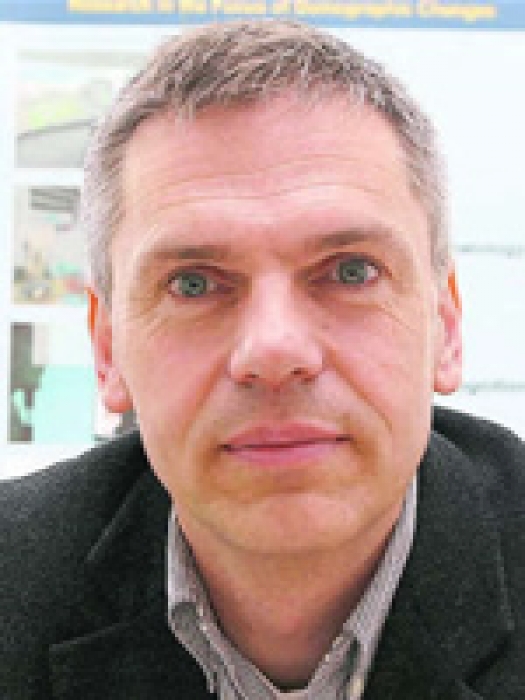
Herbert Plischke, MD
Herbert Plischke MD, MEng has a diploma in electrical engineering at the University of Applied Sciences in Munich, and after some years in the medical device industry he studied medicine and graduated as a medical doctor at the University of Munich. He worked in research and development in the medical device industry (microwaves, defibrillators, and ultrasound) and as medical researcher at Munich University. His specialties are signal processing, electrophysiology, internal medicine, autoimmunity and outcome measurement.
Since 2001 he has been director of the Pharmacogenetics Group at Munich University. In 2004 he became the executive director of Generation Research Program of University Munich and in 2007 he founded Generation Research GmbH. Since 2008 he has served as CEO of the Peter-Schilffarth-Institute for Soziotechnology in Bad Toelz, an institution which wants to integrate technology with a strong focus on social and human aspects (human adequate technology).
According to Dr. Plischke: "Until the beginning of the new century, it was unthinkable to most brain researchers, that there could be something like a new undiscovered photoreceptor in the retina. However, this happened, the new directly photosensitive receptor was proven, and since then a lot of research was following. Today Chronobiology is one of the fastest emerging fields in human research. Despite the fact that new research is continuously developing new questions, there are already enough proven findings that allow to be transferred into lighting applications supporting humans in their daily life. With his knowledge and new lighting technologies like LED or OLED many new applications are possible in the near future.
With dynamic artificial lighting one can influence the autonomic nervous system and the hormone status of the human body. Melatonin and subsequently other hormones, which are strong influenced by blue light, sleep function, alertness, relaxing, stress response and many other human activities can be optimized in a desired way. We are searching now for appropriate algorithms and measurement technologies to control biologic active lighting for use in prevention and therapy. Main topics of our 2010 research fields are avionics and working environment, seasonal depression and elderly care facilities (ambient assisted living)."
6. Studies on the Non-locality of Consciousness
Presented by Dean Radin, PhD
deanradin.jpg
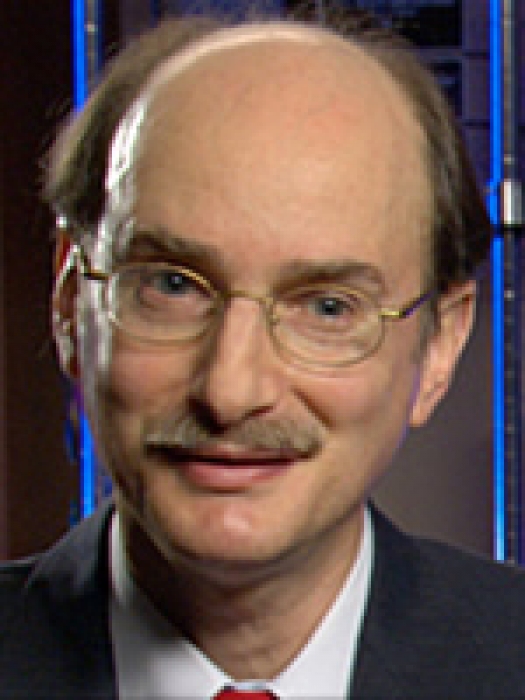
Dean Radin, PhD
Dean Radin, PhD is Senior Scientist at the Institute of Noetic Sciences (IONS) and Adjunct Faculty in the Department of Psychology at Sonoma State University (Rohnert Park, CA).
His early career as a concert violinist shifted into science after earning a masters degree in electrical engineering and a PhD in psychology from the University of Illinois, Champaign-Urbana. For a decade he worked on advanced telecommunications at AT&T Bell Laboratories and GTE Laboratories; for over two decades he has been engaged in various aspects of consciousness research.
Before joining the research staff at IONS in 2001, he held appointments at Princeton University, University of Edinburgh, University of Nevada, and three Silicon Valley think-tanks, including SRI International, where he worked on a classified program investigating psychic phenomena for the United States government.
According to Dr. Radin: "Most people, most of the time, take for granted that reality – the objective world out there, independent of ourselves – is revealed by common sense. This is as true for the general public as it is for most scientists. Common sense presents a reality where objects are separated from one another in space and time, the world is stable and independent of observers, causality is a mechanistic, deterministic process, time is strictly unidirectional, and so on."
"The problem is that we know this picture of reality is false. Not just mildly wrong, but incorrect in fundamental ways. By probing ever deeper into the fabric of reality, physics has revealed that naive realism is based upon an infinitesimal slice of a much richer and exceedingly complex world. One of the strangest elements in this expanded view of reality is its nonlocal nature. When nonlocality is applied to understanding the capabilities of consciousness, phenomena once regarded as paranormal or anomalous are potentially reframed as expected and perfectly normal."
Dr. Radin reviewed an experiment that demonstrated aspects of nonlocal consciousness to the group. In the experiment, participants were shown photos while their brain waves, heartbeat, respiration, etc. were monitored. All participants showed a spike in brain waves, heartbeat, and respiration just prior to being shown a horrific photo. All participants showed no changes prior to a non-horrific photo. Thus indicating the participants knew what was going to be shown. Do we all have the ability to see into the future?
7. Spirituality, Wellness and Healing: The Spiritual Experience Example
Presented by David Hufford, PhD
davidhufford.jpg
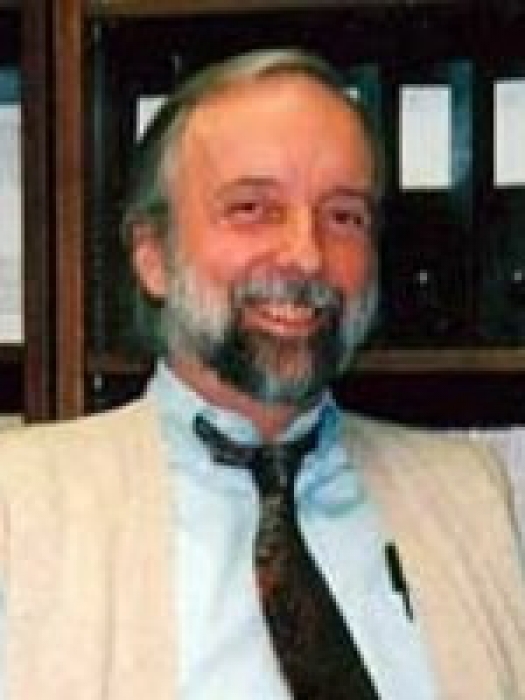
David Hufford, PhD
David Hufford, PhD retired at the end of June, 2007, from his position as University Professor and Chair of Humanities, and Professor of Neural & Behavioral Science, and Family & Community Medicine at Penn State College of Medicine in Hershey, Pennsylvania. He is now University Professor Emeritus of Humanities and Psychiatry at Penn State, and Adjunct Professor of Religious Studies at the University of Pennsylvania. He is also Senior Fellow in Spirituality at the Samueli Institute in Alexandria, Virginia. Hufford taught about culture and health, with special emphasis on religion, spirituality and health, and complementary and alternative medicine at the Penn State College of Medicine from 1974 to 2007. In 1992 Hufford won the Martin de la Cruz Award (for contributions to the study of traditional medicine), conferred by the Mexican Academy of Traditional Medicine at the Sixth International Congress of Traditional and Folk Medicine. In 1995 he won a Templeton Foundation Faith and Medicine Award, the first year of that program to support religion and health courses in medical schools.
At Penn he has taught courses in spiritual belief and in alternative medicine since 1979. Also at Penn he is a founding Fellow of the Center for Spirituality & Mind in the School of Medicine, where he was the Templeton Research Fellow for 2007-2008.
At the National Institutes of Health Hufford has served on scientific review panels for research involving spirituality and healing, and he was a founding member of the Cancer Advisory Panel on Complementary & Alternative Medicine at the National Cancer Institute. He has published extensively and lectured throughout the United States on spiritual experience, spirituality and health, and CAM.
According to Dr. Hufford: "Spirituality and Health as a field only began to emerge in the early 1990's. Following a century of radical separation between the spiritual and the medical/scientific domains, this development has encountered substantial controversy. Efforts to avoid controversy have resulted in numerous problems: vague definitions, conflation of spirituality with psychology and failure to address some of the most central – and challenging – aspects of spirituality. Spiritual experience provides an excellent illustration of these problems and the potential for healing that could be tapped if they were solved."
"Through much of the 20th century it was assumed that dramatic, visionary spiritual experiences (for example, near-death experiences) were pathological when found in the modern, western world. Such experiences have been attributed to various psychoses, especially schizophrenia, epilepsy, migraine, and to toxic states. An exception has been made for those reported in "non-Western cultures," based on the assumption that these experiences are culturally constructed and could only be "normal" in a culture that endorses and "teaches" them."
"However, during the past thirty-five years it has been documented that several classes of such experiences occur as frequently in the modern, Western world as in other societies, that these spiritual experiences are not pathological, and that some are clearly salutogenic. That is, contrary to the long held notion that such experiences indicate functional disintegration under stress, fragility and elevated risk of psychotic illness, they are now understood as normal responses that and can promote healing and growth. This includes (at least) near-death experiences, the apparitions of deceased loved ones among the bereaved, and the terrifying experiences of sleep paralysis with a perceived spiritual presence. Because the pathological assumption has concealed the high prevalence of such experiences among normal, modern subjects, it has become a self-fulfilling prophecy. The idea that these are rare and pathological events prevents subjects from reporting them, and the lack of report bolsters the idea of their rarity. The recent recognition within psychiatry that these experiences are common and normal has created dramatic new research opportunities. For clinical purposes a systematic approach to differentiating psychotic hallucinations from normal spiritual experiences is a pressing need. Near death and bereavement experiences have been shown to be salutogenic and to increase resilience in the face of loss and threats to life. Nonetheless, only a few studies have attempted to take advantage of these experiences preventively or therapeutically, while the stigmatizing misattribution of pathology remains common despite dramatic changes in the scientific and clinical literature. Equally provocative are the questions and opportunities that these anomalous experiences pose for consciousness research!"
8. Research on Mindfulness for Stress Reduction
Presented by Niko Kohls, PhD
nikokohls.jpg
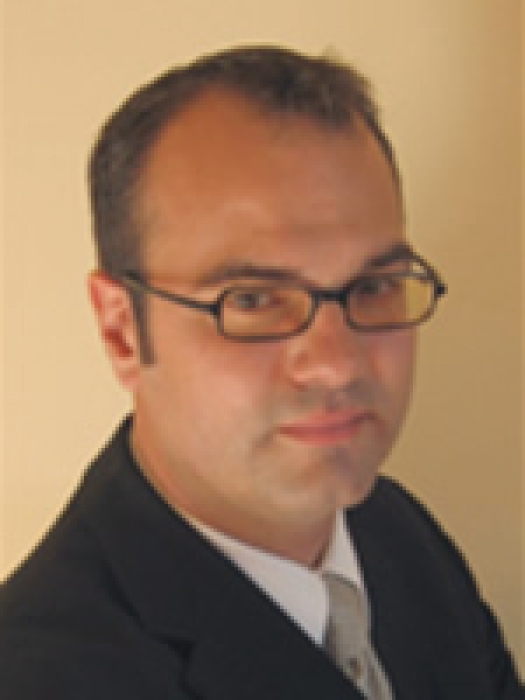
Niko Kohls, PhD
Dr. Niko Kohls, PhD has been researching the relationship between spirituality and health for more than 10 years. Investigating the relationship between spirituality, exceptional human experiences and mental health, he obtained his diploma (Dipl. Psych) in 1998 and his Ph.D. in 2004 under the auspices of Prof. Harald Walach.
He has developed a questionnaire for the measurement of exceptional and spiritual experiences as a part of his recently published Ph.D. thesis and found an impressively high effect size for spiritual experiences as preventive for mental health problems. He has been working as a Samueli-Rockefeller Scholar at the Generation Research Program of the Ludwig-Maximilians-University Munich December since 2008, where he has established a new research area "Psychophysiology of Consciousness: Spirituality, Mindfulness, Quality of Life and Health" as part of the Samueli Institute's Brain, Mind & Healing Program. The focus of the research program is focused on those aspects of spirituality which are of particular relevance to the health sciences. Dr. Kohls is also interested in the philosophy of mind, history of science and cultural psychology.
According to Dr. Kohls: "Mindfulness as a psychological function has been identified as a component of wellbeing and health. Mindfulness has thereby been defined as the ability to focus at the present moment with a non-judgmental attitude, thereby voluntarily constraining cognitive evaluation. Mindfulness based interventions have become increasingly popular over the last two decades for ameliorating a variety of symptoms and health issues such as depression, PTSD or chronic pain conditions just to mention a few. However, until now research has only partially revealed specific pathways that elicit the beneficial health effects. Some studies suggest that regular mindfulness training may enhance the ability to be present in a first step. The ability to focus on the present moment however does not convey the positive health effects but rather allows building and nurturing of the mental capacity to accept a given situation, without falling prey to negative emotions. The ability to accept a given situation seems to endow an individual with certain resilience against negative and potentially distressing events. Our own research suggests that mindfulness does not only act as a direct buffer against distress but additionally suppresses or at least reduces the effect of distress derived from deconstructive experiences that threaten the ego integrity. Interestingly, mindfulness has so far predominantly been conceptualized and measured as an intrapersonal rather than interpersonal function. However, enhancing mindfulness may also support social interactions and team-work abilities by improving the aptitude to accept different beliefs and values. Mindfulness may even have the potential to improve clinical efficacy as a study by Grepmaier et. al. has shown that psychotherapists with mindfulness training are able to produce better therapy results than their colleagues with lack of training. This suggests that mindfulness may not only be useful for an individual for reducing distress and improving well being and but also at an organizational level for improving social relationships and performance. This is the reason why we are planning to introduce mindfulness based interventions in the context of diversity management and eldercare."
9. Farabloc for Phantom Limb Pain
Presented by An-Fu Hsiao, PhD
anfuhsiao.jpg
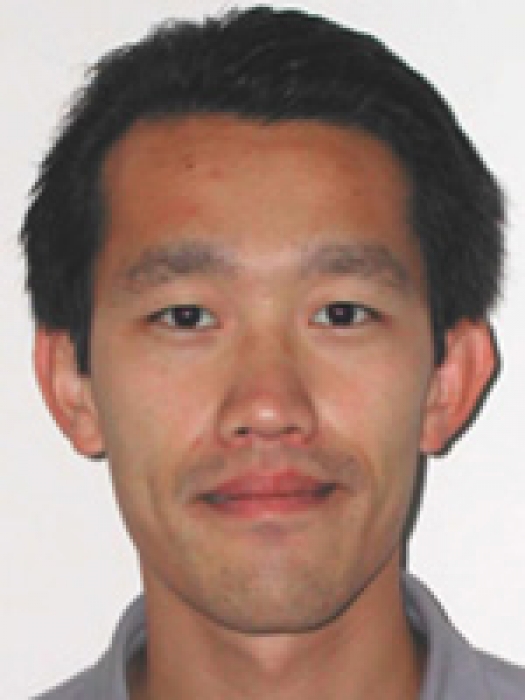
An-Fu Hsiao, PhD
Dr. An-Fu Hsiao received his medical degree from Boston University School of Medicine in 1997. Dr. Hsiao completed his Specialty Training and Advanced Research fellowship and acupuncture training at UCLA, and received his PhD in health services research at UCLA School of Public Health. He has established the only Integrative Medicine Clinic at VA Long Beach Healthcare System.
His research and clinical interests include chronic pain, post traumatic stress disorder, hypertension, and integrative medicine. A major emphasis of his current work is to assess the effectiveness of acupuncture in treating veterans with chronic pain, phantom limb pain, and post-traumatic stress disorder and conducting systematic literature review of integrative medicine. He also teaches and mentors medical students and medical residents who are interested in integrative medicine.
Farabloc is a noninvasive drug free alternative therapy developed by the Farabloc Development Corporation for individuals with fibromyalgia, delayed-onset muscle soreness, and phantom limb pain. Farabloc contains metallic fibers that are woven into a nylon fabric. These fibers consist of iron (85.3%), nickel (10.0%), chromium (2.2%), and manganese (1.0%). Trace elements (less than 1%) include cobalt, copper, magnesium, molybdenum, vanadium, and zinc. The fabric may be custom made into socks, gloves, jackets, blankets or limb covers. It is physically similar to linen and can be tailored or washed. Various forms or sizes can be applied to painful areas of the body. Early variations of the cloth were originally developed in 1972 and formed the basis for a patent in 1987. Although the exact mechanism of action is unknown, it is theorized that Farabloc shields high frequency electromagnetic fields (EMF) that may cause cellular damage.
Farabloc is being studied by Dr. Hsiao and he is in the process of a pilot study to determine the effectiveness of Farabloc in eliminating phantom limb pain.
The Farabloc project was first initiated by the Foundation for Alternative and Integrative Medicine and turned over to the Samueli Institute for further study.

